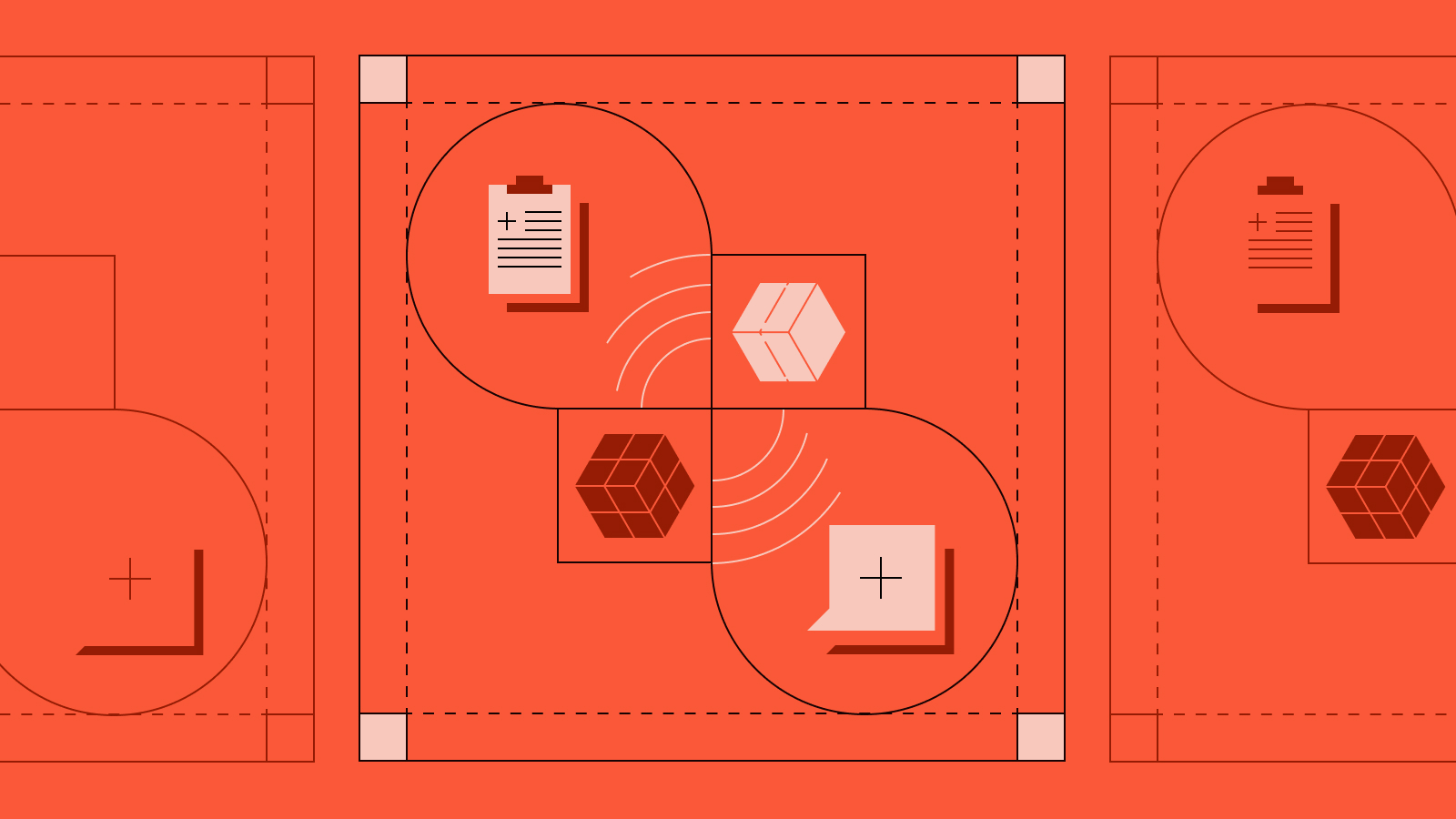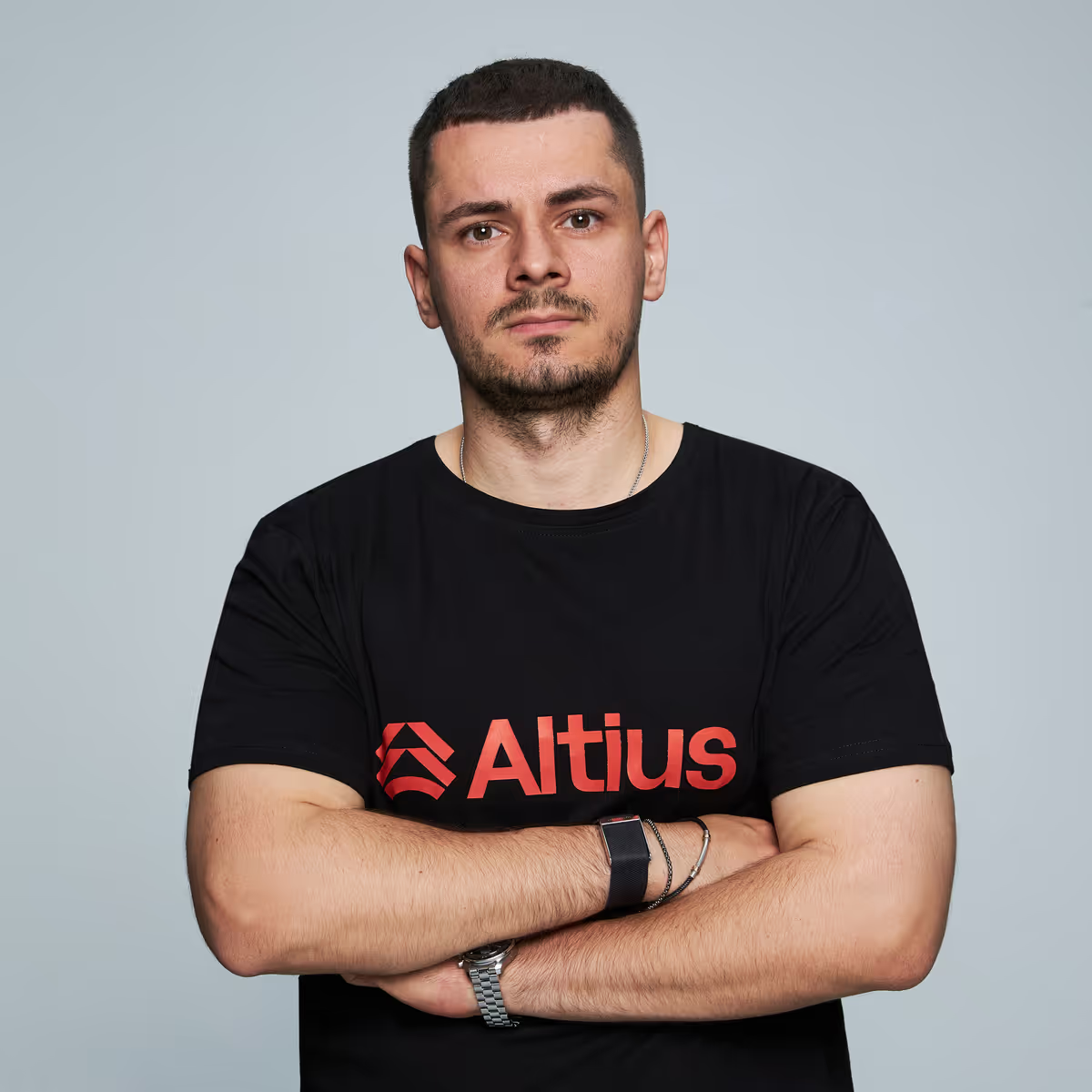DAOs Explained: What Is a Decentralized Autonomous Organization

TL;DR
- DAOs are blockchain-based entities governed by code and community votes, not centralized authority.
- They leverage smart contracts for transparent, trustless operations.
- Modular DAO designs enhance flexibility and cross-chain interoperability.
- Security and governance challenges remain critical hurdles.
- Real-world examples include Uniswap and MakerDAO.
What Is a DAO and How Does It Work?
Decentralized Autonomous Organizations (DAOs) redefine governance and collaboration in the blockchain ecosystem. By blending smart contracts, community voting, and modular infrastructure, DAOs enable trustless systems that operate without traditional hierarchies. This article unpacks their mechanics, design considerations, and real-world applications, emphasizing modular and cross-chain architectures.
The Core of a DAO: Code and Community
A Decentralized Autonomous Organization is a blockchain-based entity governed by smart contracts and community consensus, not a central authority. Smart contracts—self-executing code on a blockchain—encode the DAO’s rules, from voting mechanisms to fund allocation. Token holders typically vote on proposals, ensuring decisions reflect the community’s will.
DAOs differ from traditional organizations by eliminating intermediaries. Instead of a CEO or board, governance is distributed across stakeholders, with transparency enforced by the blockchain’s immutable ledger. This structure suits applications like decentralized finance (DeFi), community-driven projects, and cross-chain ecosystems.
How DAOs Work: The Technical Backbone
DAOs rely on a few key components:
- Smart Contracts: These define the DAO’s logic, such as voting thresholds or treasury management. For example, a DAO might require 51% of token holders to approve a proposal.
- Tokens: Governance tokens grant voting rights and often represent a stake in the DAO’s ecosystem. Holding more tokens typically means more voting power, though designs vary.
- Treasury: A DAO’s funds, held in a multi-signature wallet or smart contract, are allocated based on community votes.
- Voting Mechanisms: On-chain voting ensures transparency, with results recorded immutably. Off-chain voting (e.g., via Snapshot) can reduce gas costs but sacrifices some security.
The process starts with a proposal like funding a new feature. Token holders vote, and if the proposal meets the predefined criteria, the smart contract executes the decision automatically. This trustless system minimizes human error and bias but demands robust code to avoid vulnerabilities.
Building DAOs with Modules
Modern DAOs increasingly adopt modular architectures, where components like voting, treasury management, or identity verification are built as independent, interoperable modules. This approach, championed by platforms like Aragon and DAOstack, allows developers to customize DAOs without reinventing the wheel.
Modularity shines in cross-chain environments. A DAO on Ethereum might integrate with Polkadot or Cosmos to access different assets or user bases. For instance, a governance module on Ethereum could interact with a treasury module on Binance Smart Chain, leveraging lower transaction fees. Such designs require secure bridges and standardized protocols to ensure seamless data and value transfer.
Modular DAOs also enhance upgradability. If a voting mechanism proves inefficient, developers can swap it out without disrupting the entire system. However, modularity introduces complexity, as each component must be rigorously audited to prevent exploits.
Operating Across Chains
Fragmentation is the current reality of blockchain. Ethereum, Solana, Base, Arbitrum, Polygon, and others coexist, each with different trade-offs in security, speed, and cost. To remain relevant at scale, most serious DAOs now either already operate across multiple chains or are actively building toward it. They achieve this through a mix of native multi-chain deployments, LayerZero or Chainlink CCIP messaging, IBC-connected zones, or hybrid models that keep critical governance on a high-security chain while pushing execution and treasury operations to cheaper or faster venues.
The hard part is rarely the technology itself; it’s aligning incentives and security assumptions across communities that may have divergent priorities. A whale concentrated on Ethereum mainnet may care more about capital efficiency, while a retail-heavy user base on Base prioritizes low fees. Weighted voting, chain-specific proposal categories, or formally linked sub-DAOs are the usual mitigation patterns, but each adds coordination overhead and new attack vectors.
Bridge risk remains the dominant failure mode. Even heavily audited cross-chain systems have suffered nine- and ten-figure exploits in the past three years, underscoring that secure interoperability is still an open engineering problem.
All three examples below illustrate different practical approaches to the multi-chain governance challenge.
Uniswap
Deployed natively on Ethereum, Arbitrum, Polygon, Optimism, Base, BNB Chain, and several others; governance remains anchored on Ethereum mainnet with cross-chain execution handled via the Universal Router and governance bridge.
MakerDAO
Core governance and risk parameters stay on Ethereum L1; DAI and most vaults are now available on Arbitrum, Optimism, and Base through fast-withdrawal bridges and teleport messaging, with sub-DAOs (Spark, Phoenix Labs) handling chain-specific experimentation.
Decentraland
Binding governance and treasury on Ethereum; grant voting and wearable proposals run on Polygon Catalyst nodes for near-zero cost, with execution automatically relayed back to L1 via Chainlink Automation and a custom executor contract.
Security: The Achilles’ Heel of DAOs
DAOs are only as strong as their code. Smart contract vulnerabilities can lead to catastrophic losses, as seen in the 2016 DAO hack, where $50M in ETH was drained due to a reentrancy bug. Modern DAOs mitigate risks through:
- Audits: Multiple independent audits, like those by Trail of Bits or OpenZeppelin, catch vulnerabilities before deployment.
- Formal Verification: Mathematically proving a contract’s correctness, though costly, is gaining traction.
- Bug Bounties: Platforms like Immunefi incentivize white-hat hackers to find flaws.
- Multi-Signature Wallets: Requiring multiple approvals for treasury transactions adds a safety layer.
Governance attacks are another threat. Malicious actors with enough tokens can sway votes, a risk in low-participation DAOs. Quadratic voting, where influence scales non-linearly with token holdings, can curb this but isn’t foolproof.
Governance Models: Balancing Efficiency and Fairness
DAO governance varies widely, reflecting trade-offs between decentralization and efficiency:
Token-Based Voting: Common but risks plutocracy, where wealthy holders dominate.
Quadratic Voting: Reduces whale influence but requires sophisticated implementation.
Delegated Voting: Token holders delegate votes to experts, improving efficiency but centralizing power.
Reputation-Based Systems: Voting power tied to contributions, not just tokens, though harder to quantify.
Low voter turnout plagues many DAOs, as seen in Uniswap’s early proposals, where <5% of UNI holders participated. Snapshot’s off-chain voting or gas reimbursement can boost engagement, but apathy remains a hurdle.
Cross-chain governance adds complexity. A DAO spanning Ethereum and Solana might use chain-specific sub-DAOs, each with tailored rules, but aligning them requires clear protocols. Interoperability standards, like those from the Interchain Foundation, are critical here.
Challenges and Trade-Offs
DAOs aren’t a silver bullet. Beyond security and governance, they face:
- Legal Uncertainty: DAOs lack clear regulatory status. Are they partnerships, corporations, or something else? Wyoming’s DAO-friendly laws are a start, but global clarity is distant.
- Scalability: On-chain voting is gas-intensive on Ethereum, pushing DAOs to Layer 2 or cheaper chains like Polygon.
- User Experience: Complex voting and proposal systems deter non-technical users. Streamlined interfaces, like Aragon’s, are improving but not universal.
Modular and cross-chain designs amplify these issues. Each module or chain introduces new attack vectors, and interoperability protocols must be battle-tested. Still, the benefits—flexibility, reach, and resilience—drive adoption.
The Future of DAOs: Modular and Interoperable
DAOs are evolving toward greater modularity and cross-chain integration. Platforms like Colony and MolochDAO are experimenting with plug-and-play governance models, where DAOs can mix and match features like reputation systems or dispute resolution. Cross-chain protocols, such as Polkadot’s parachains, promise seamless coordination across ecosystems.
Security will remain paramount. Advances in formal verification and decentralized identity could make DAOs more robust and accessible. Meanwhile, regulatory clarity will shape their mainstream adoption.
Conclusion
Decentralized Autonomous Organizations are a cornerstone of blockchain’s promise: trustless, transparent systems that empower communities. Their modular designs and cross-chain potential unlock flexibility, but security and governance challenges demand rigorous engineering. By learning from real-world cases like Uniswap and MakerDAO, the next generation of DAOs can build resilient, interoperable frameworks that redefine collaboration.
.svg)
